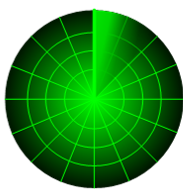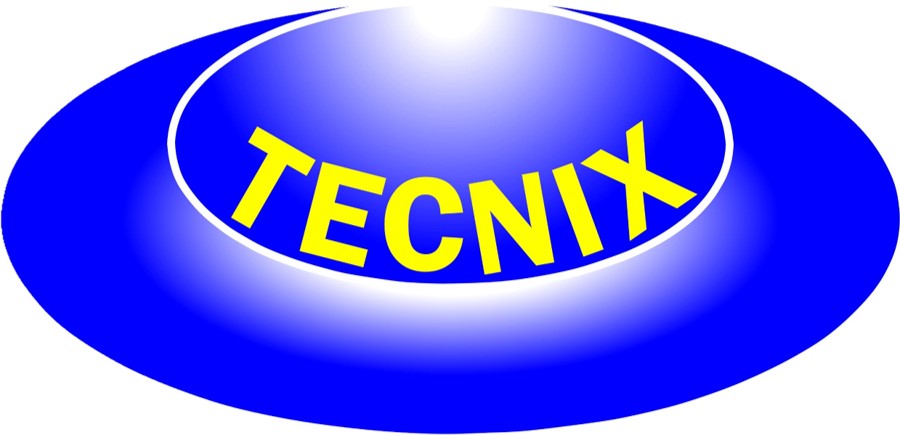[1]
PJM, Control Center and Data Exchange Requirements,
System Operations Division, PJM Interconnection, July 27, 2017
[2]
PJM, Generator Operational Requirements, System
Operations Division, PJM Interconnection, June 27, 2017
[3]
NERC, Reliability Guideline: Situational Awareness for
the System Operator, North American Electric Reliability Corporation, March 7,
2017
[4]
M. R. Endsley, E. S. Connors, L. Jones, Situation
Awareness in the Power Transmission and Distribution Industry, Proceedings of
the 51st Annual Meeting of the Human Factors and Ergonomics Society, Santa
Monica, CA, 2007
[5]
CIGRE, Advanced Utility Data Management and Analytics
for Improved Operation Situational Awareness of EPU Operations, Joint Working
Group D2/C2.41, Paris, June 2018
[6]
NERC, Risks and Mitigations for Losing EMS Functions,
North American Electric Reliability Corporation, October 18, 2010
[7]
NIST, Situational Awareness for Electric Utilities,
NIST Special Publication 1800-7, National Institute of Standards and Technology,
February 2017
[8]
Tran, F., Designing for Wide-Area Situation Awareness
in Future Power Grid Operations, University of Toronto, 2016
[9]
ARC, PJM Uses Geospatial Data Analytics to Improve
Situational Awareness, ARC Insights, JULY 14, 2016
[10]
DOE, A Review of Market Monitoring Activities at U.S. Independent System
Operators, Office of Electric Transmission and Distribution, Transmission
Reliability Program of the U.S. Department of Energy, January 2004
[11]
PSERC, The Next Generation Energy Management System Design, Final Project
Report, September 2013
[12]
S. G. Ankaliki, Energy Control Center Functions for
Power System, International Journal of Mathematical Sciences, Technology and
Humanities 21 (2011) 205 – 212
[13]
GIZ, Detailed Project Report for Establishment of
Renewable Energy Management Centres (REMC), Report on Assessment of existing
SCADA/EMS Control Centres, Telecommunication Infrastructure and Conceptual
Design of new REMCs, Germany, 2013
[14]
L. E. Jones, Strategies and Decision Support Systems
for Integrating
Variable
Energy Resources in Control Centers for Reliable Grid
Operatons - Global Best Practices, Examples of Excellence and Lessons Learned,
Alstom Grid
[15]
F.F. Wu, K. Moslehi, A. Bose, Power System Control
Centers: Past, Present, and Future, Invited Paper, Proceedings of the IEEE, Vol.
93, No. 11, November 2005
[16]
DOE, Guidelines for Implementing Advanced Distribution
Management Systems - Requirements for DMS Integraton with DERMS and Microgrids,
Energy System Division, Argonne National Laboratory
[17]
J. Klaimi, R.Rahim-Amoud, L. Merghem-Boulahia, A. Jrad,
Energy Management Algorithms in Smart Grids: State-of-the-Art and Emerging
Trends, International Journal of Artificial Intelligence and Applications
(IJAIA), Vol. 7, No. 4, July 2016
[18]
SINTEF, CRIOP: A scenario method for Crisis
Intervention and Operability Analysis, SINTEF Technology and Society, Trondheim,
NORWAY, 2011
[19]
NERC, Phase Angle Monitoring: Industry Experience
Following the 2011 Pacific Southwest Outage Recommendation 27 - Technical
Reference Document, North American Electric Reliability Corporation, June 2016
[20]
NERC, Balancing and Frequency Control - A Technical
Document Prepared by the NERC Resources Subcommittee, North American Electric
Reliability Corporation, June, 20161
[21]
CIGRE, Review of On-Line Dynamic Security Assessment
Tools and Techniques, Working Group 601 of Study Committee C4, Paris, January
2007
[22]
Stanton, N. A., Salmon, P., Jenkins, D., Walker, G.,
Human Factors in the Design and Evolution of Central Control Room Operations,
CRC Press, Boca Raton, 2010.
[23]
Endsley, M. R., Jones, D. G., Designing for Situational Awareness – An Approach
to User-Centered Design, CRC Press, Second Edition, Boca Raton, 2012
[24]
SIQUEIRA, I. P., Goal-Directed Task Analysis of Control Center Situational
Awareness, Keynote Invited Speech at Symposium of Specialists in Electric
Operational and Expansion Planning, Tecnix Engineering & Architecture Ltd.,
CIGRE, Recife, Brazil, 2018.

 Goal-Directed
Task Analysis of Control Center Situational Awareness
Goal-Directed
Task Analysis of Control Center Situational Awareness











